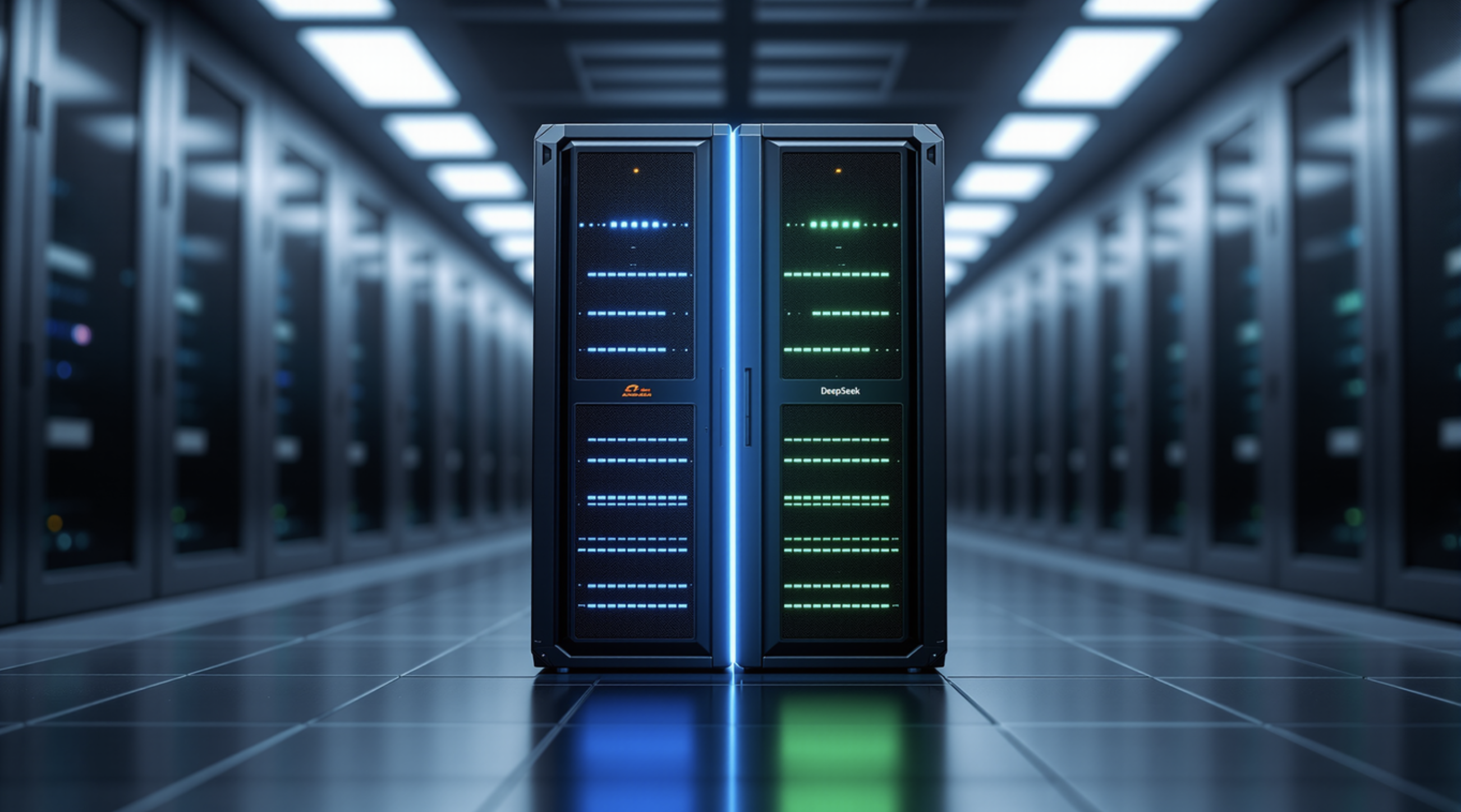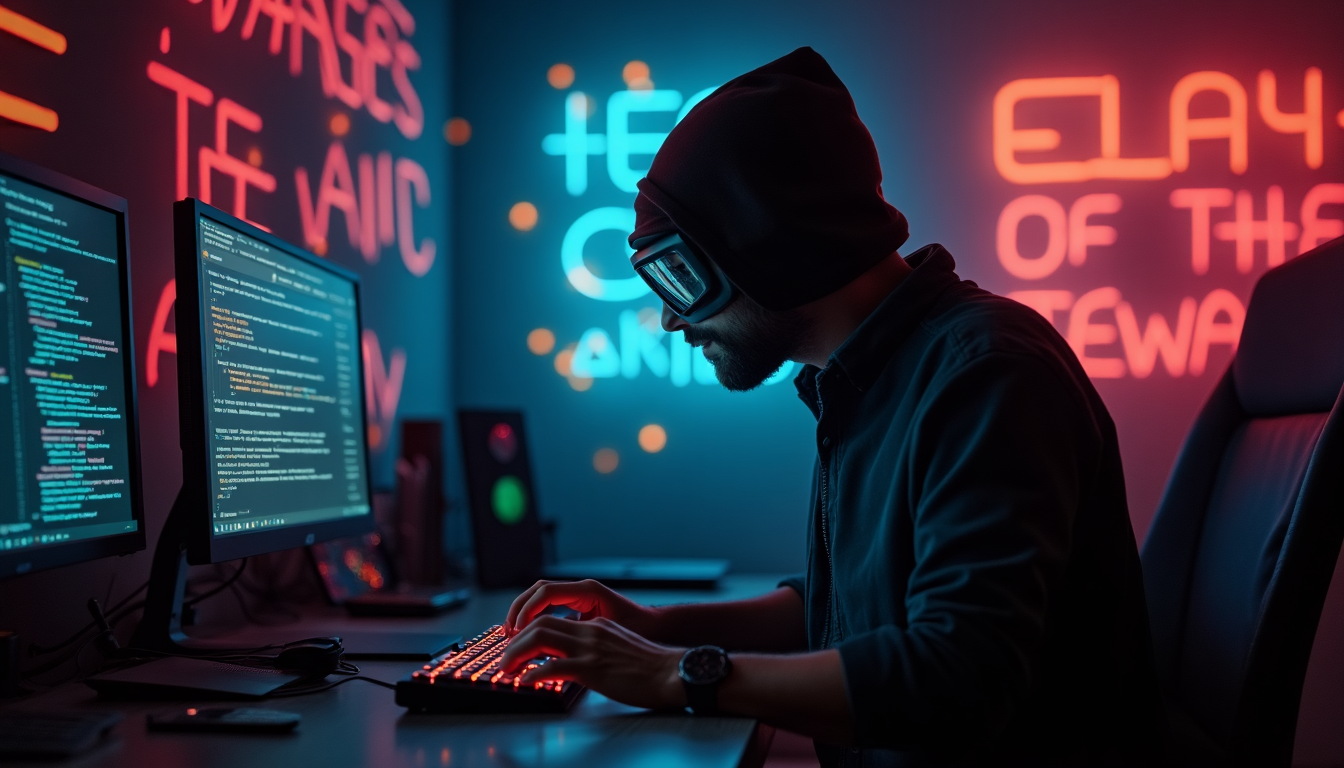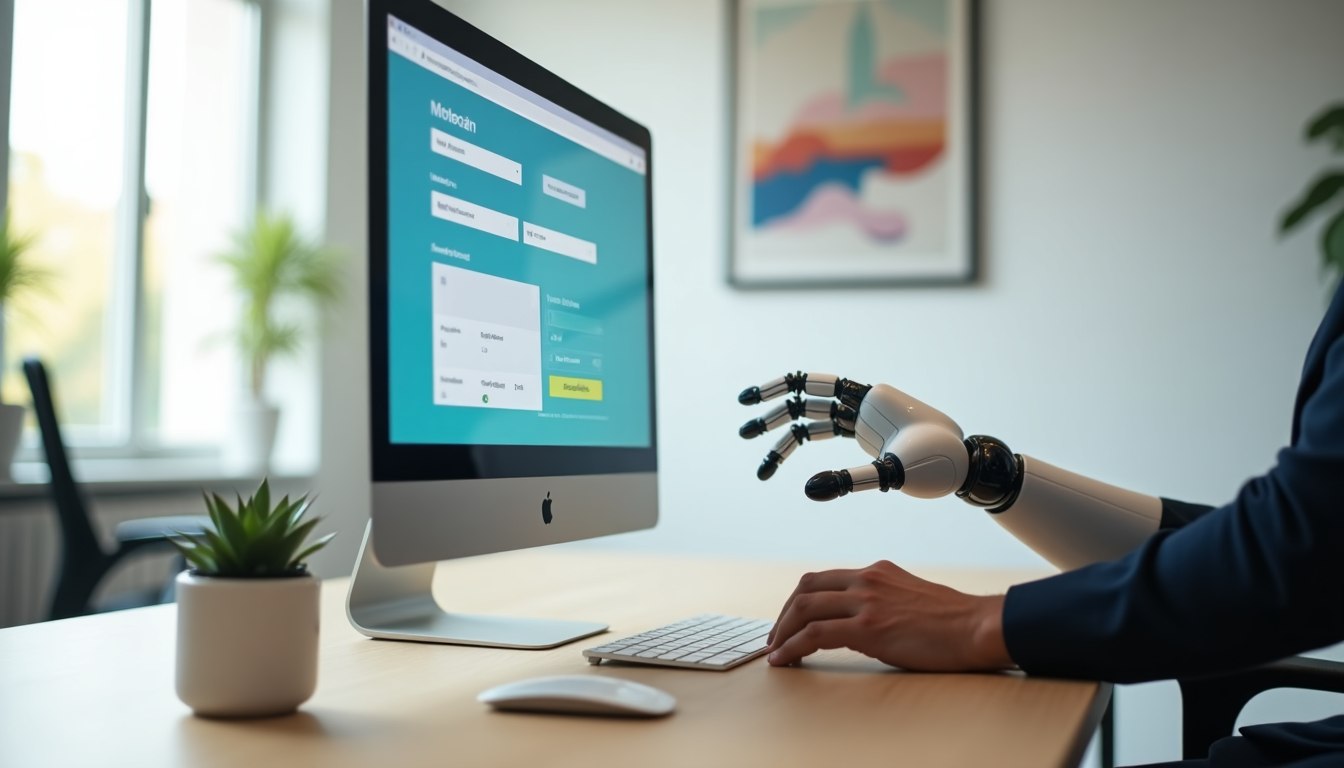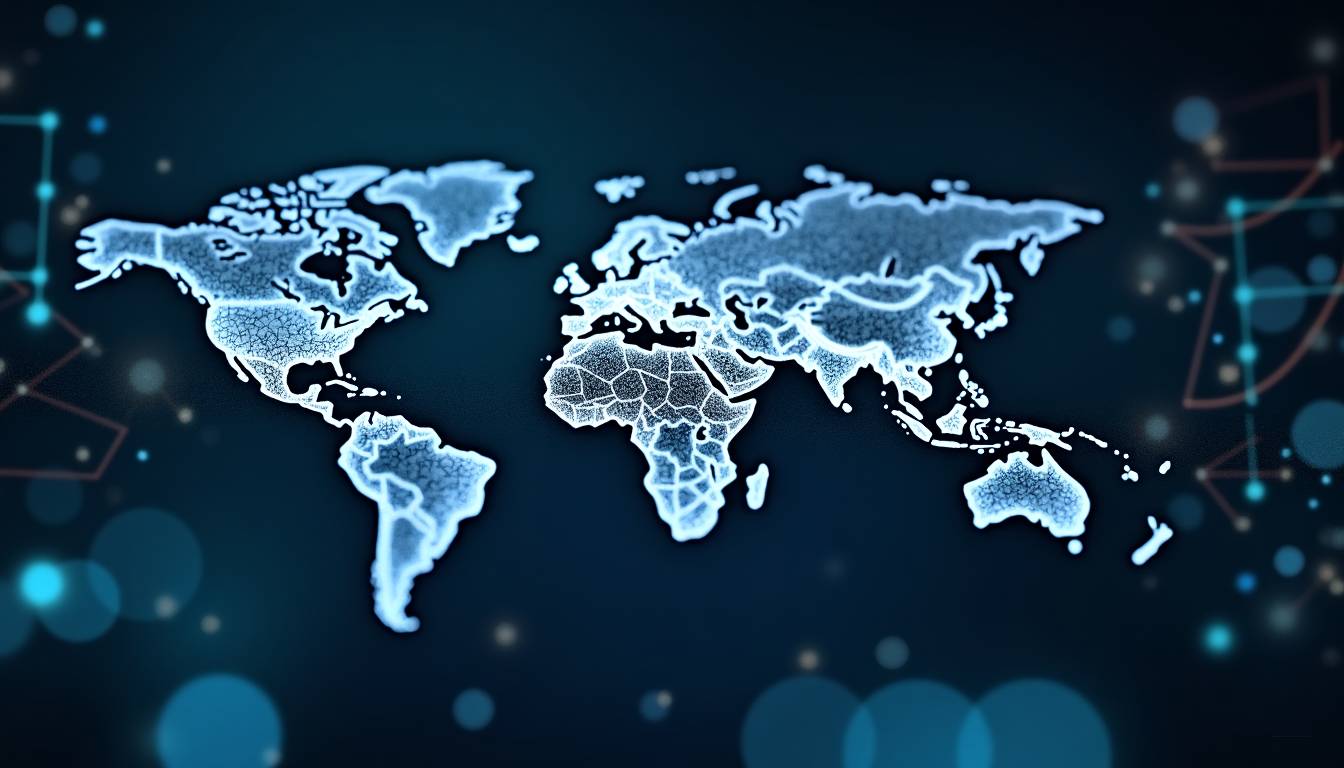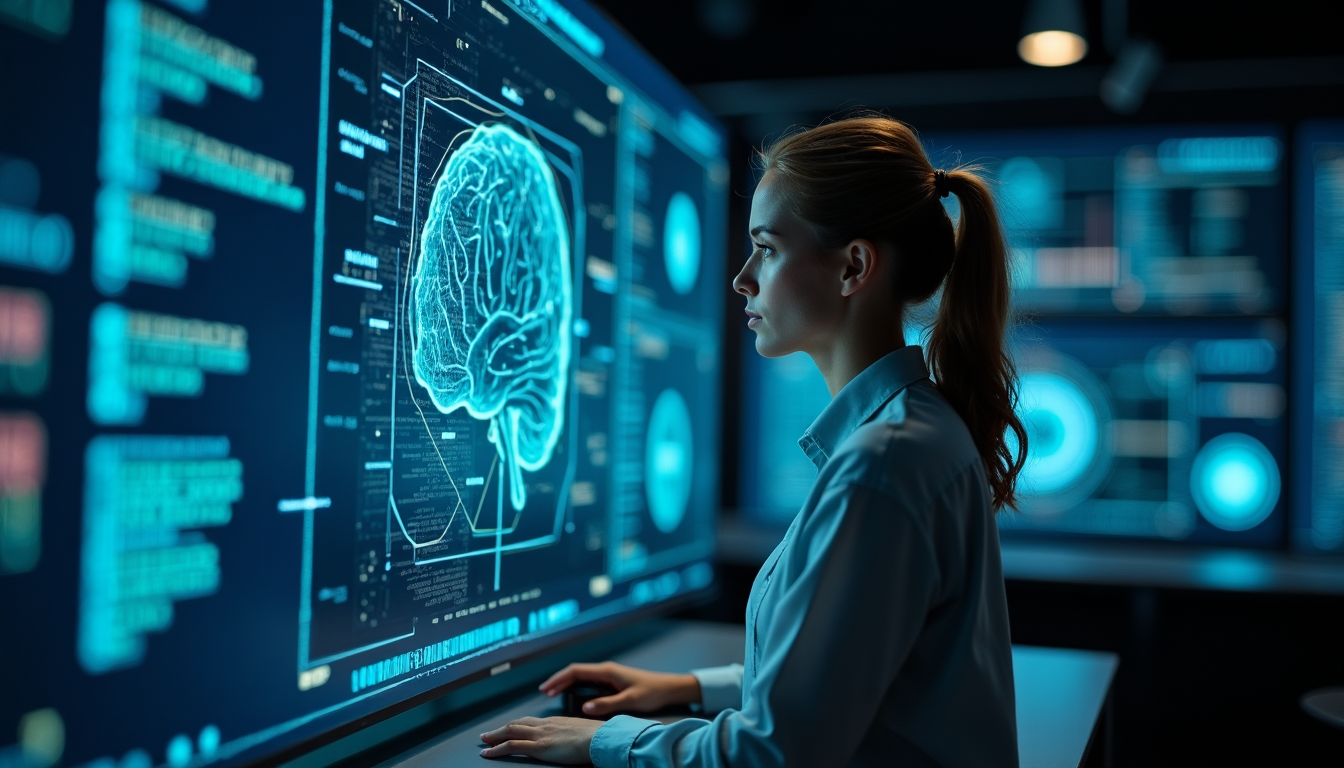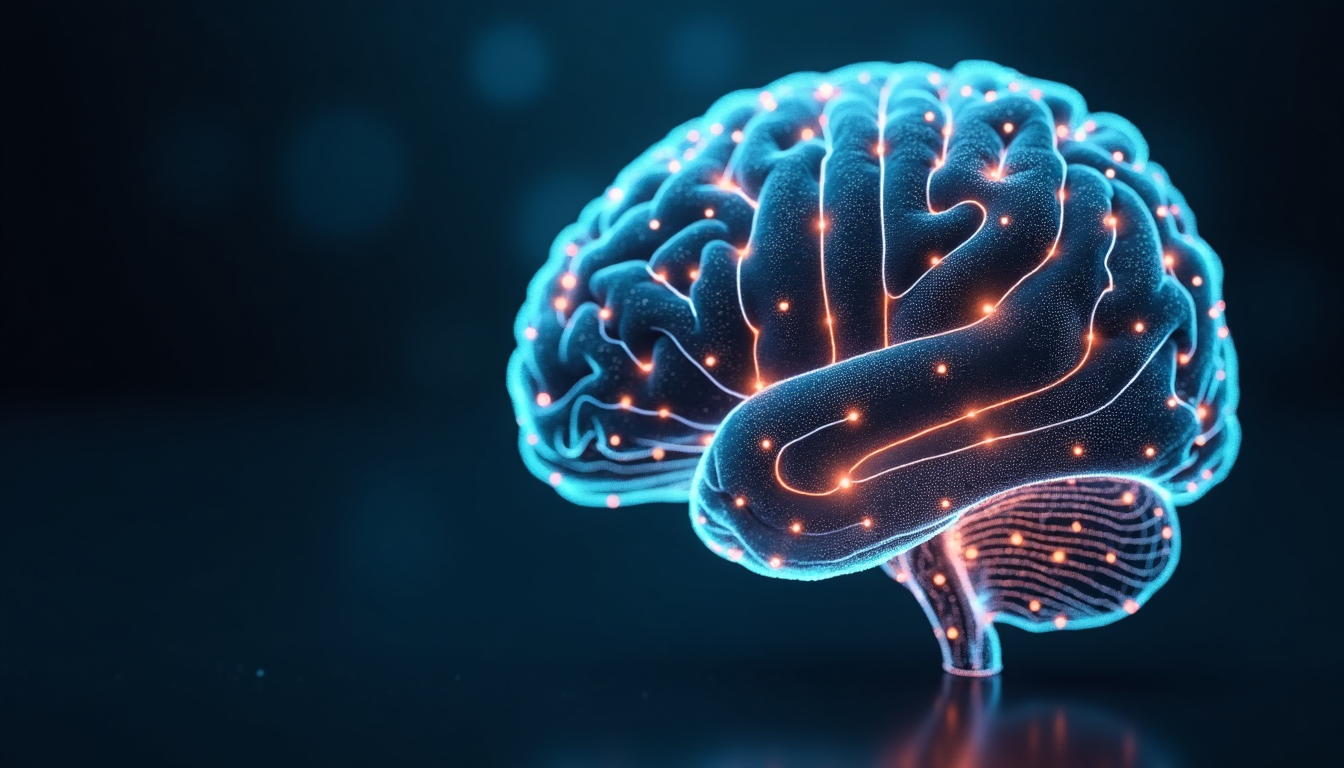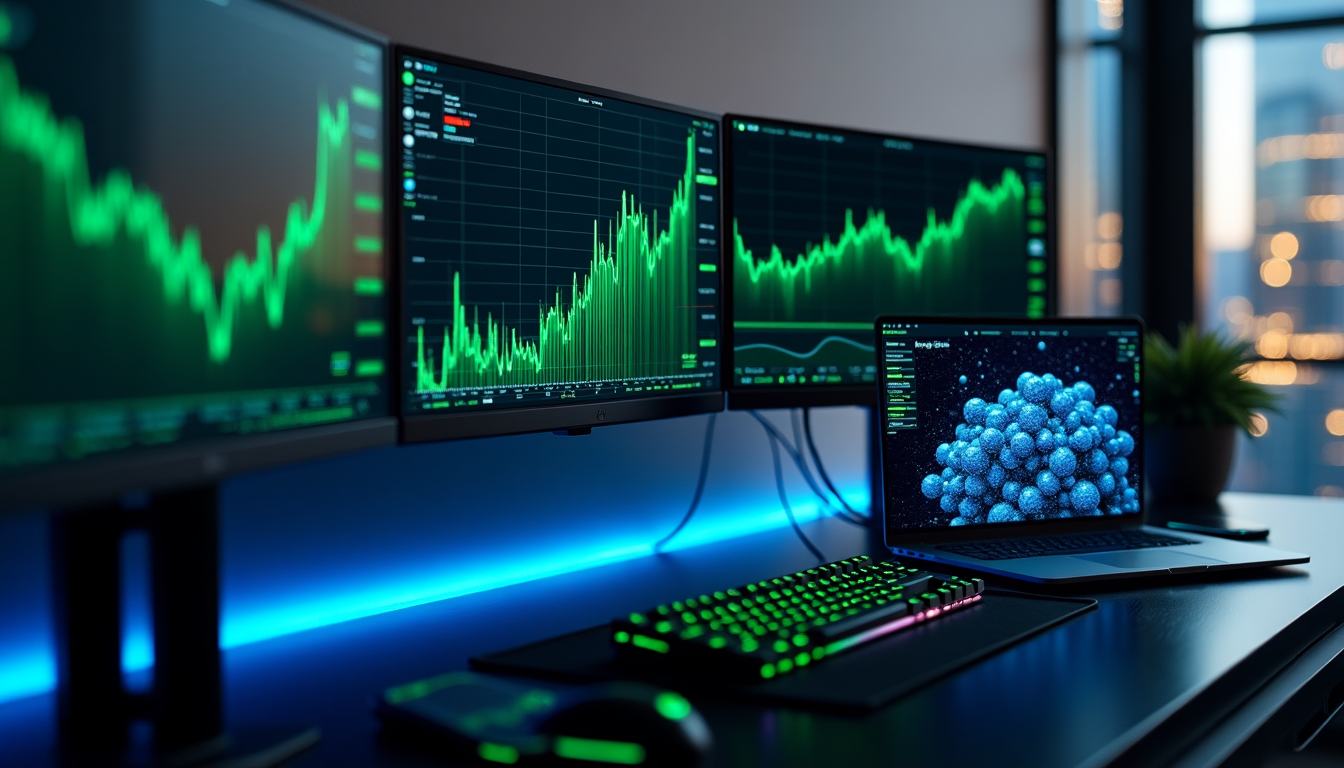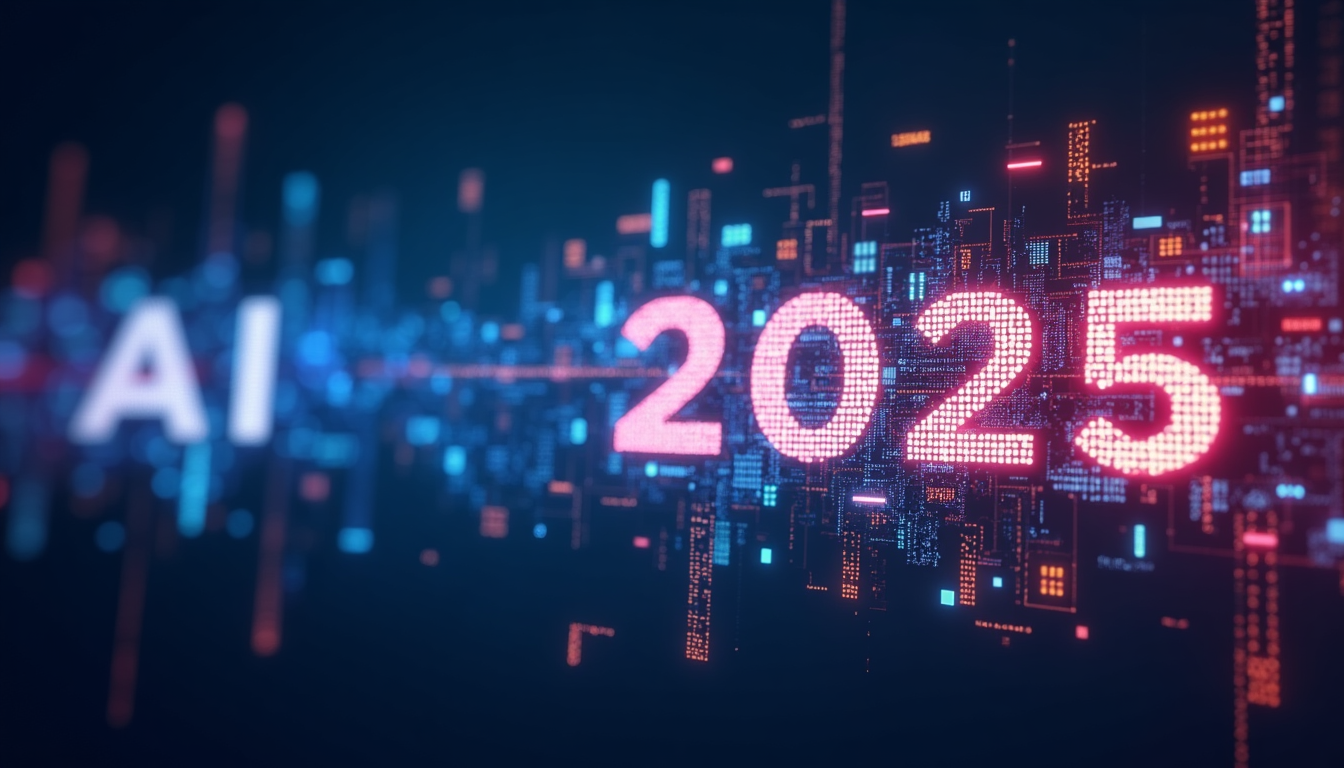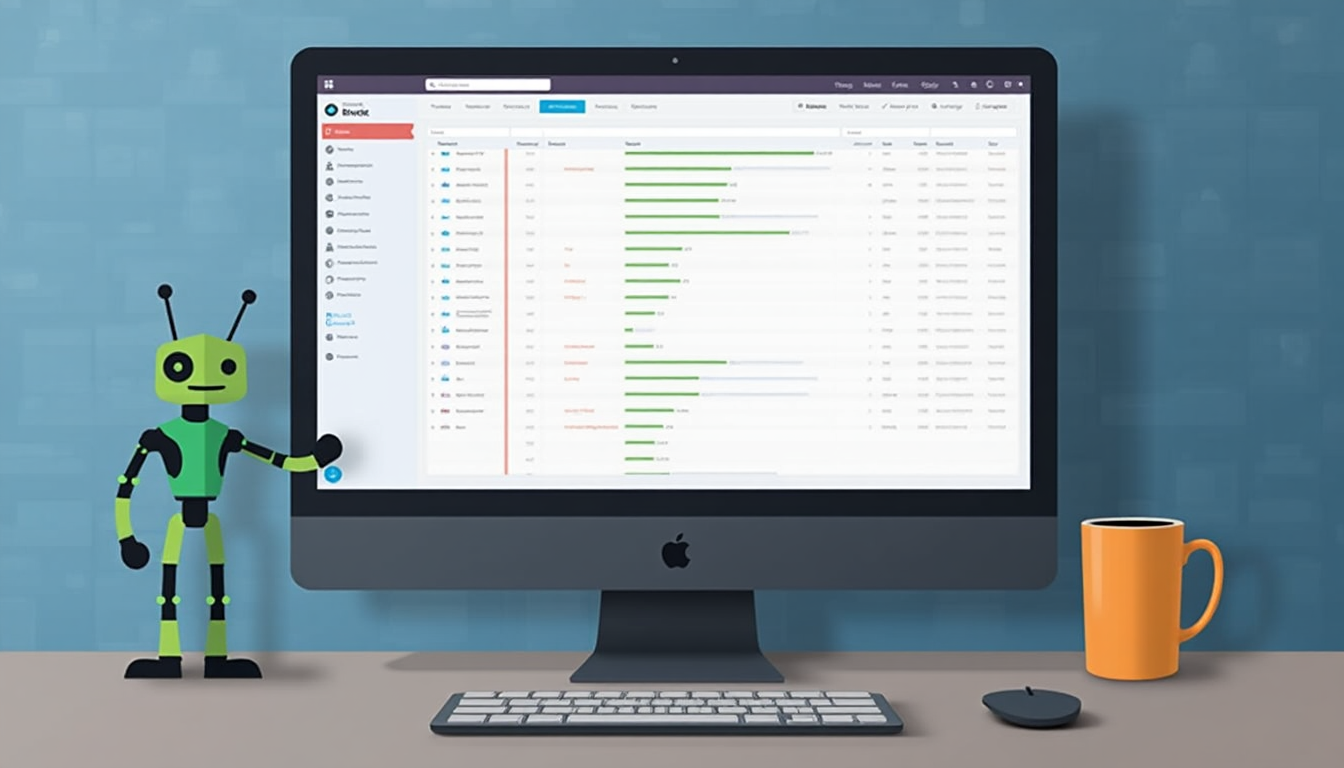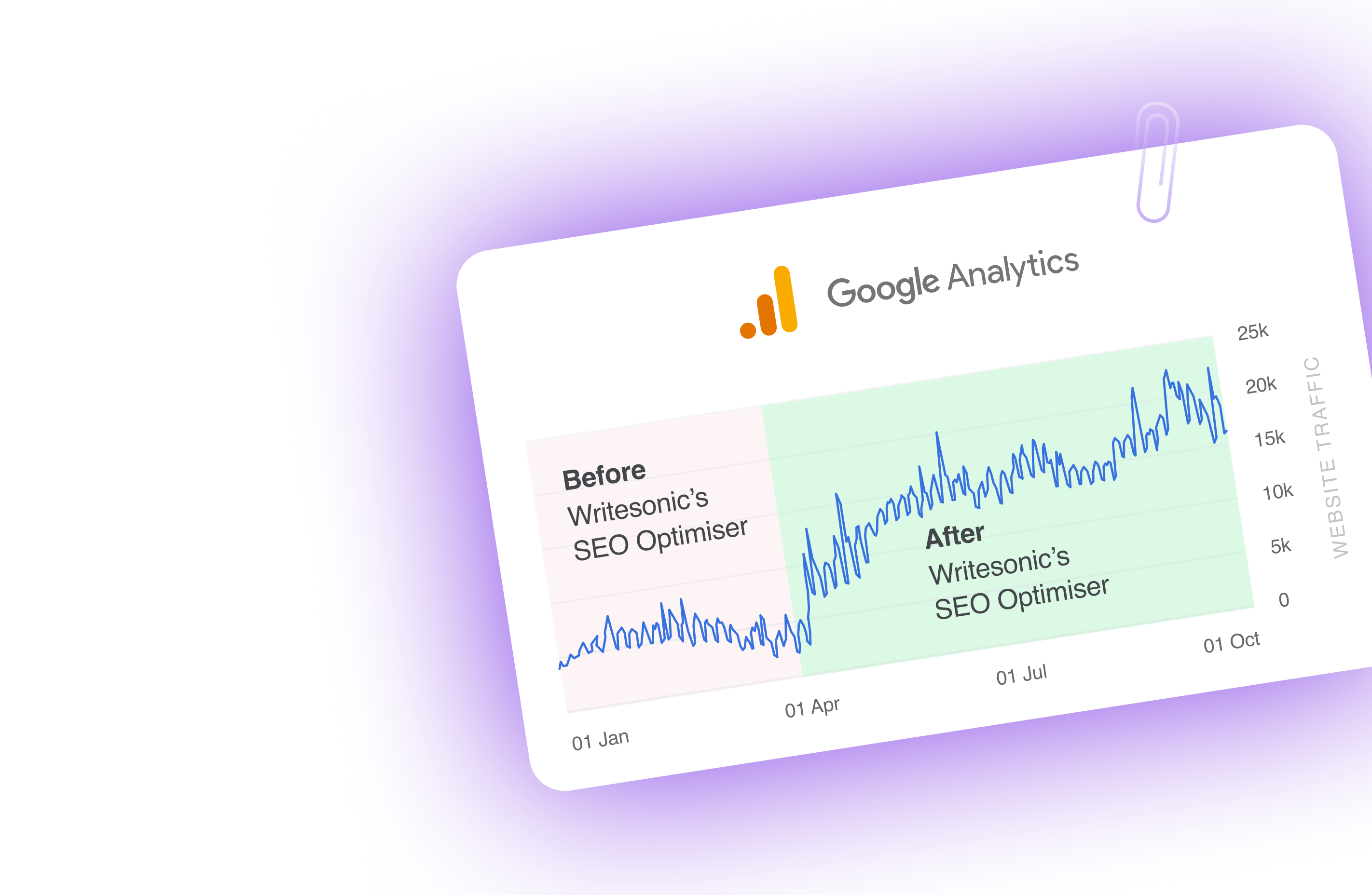On February 2, 2025, OpenAI unveiled its revolutionary deep research AI agent, powered by the highly anticipated o3 model. This cutting-edge tool marks a significant leap in artificial intelligence capabilities, completing complex research tasks in mere minutes that would typically take human experts hours to accomplish.
Deep Research with New, Highest Score on Humanity’s Last Exam
The advanced AI agent system holds the potential to help professionals with detailed research in finance, science, policy, and engineering. Users get fully documented results with clear citations and reasoning steps. This deep research tool marks a major advancement in AI research capabilities and can process and blend large amounts of information quickly and accurately.
The system reached an unprecedented accuracy rate of 26.6% on Humanity’s Last Exam and this is a big deal as it means that it beat previous measures by a wide margin. These results put OpenAI at the vanguard of AI research capabilities.
The o3 model’s technical framework makes quick information processing possible with these performance indicators:
- Source analysis speed of 100+ documents per minute.
- Multi-language support across 95% of academic content.
- Up-to-the-minute fact verification with a 99.9% accuracy rate.
On top of that, the deep research agent shows better performance than existing solutions. The system’s accuracy rate beats DeepSeek’s R1 model by 17.2 percentage points and Google’s Gemini Thinking by 20.4 percentage points. This breakthrough marks a major milestone in AI-powered research capabilities.
The agent’s architecture uses sophisticated algorithms that enable precise source attribution and detailed reasoning processes.
These technical foundations allow detailed documentation of research findings that ensure transparency and reliability in academic and professional contexts.
Applications, Use Cases, How it Works
Sam Altman, OpenAI’s CEO, announced the launch on X (formerly Twitter), emphasizing the tool’s potential: “Today we launch deep research, our next agent….this is like a superpower; experts on demand..it can go use the internet, do complex research and reasoning, and give you back a report…it is really good, and can do tasks that would take hours/days and cost hundreds of dollars.”
This announcement comes just a day after the release of o3-mini.
Mark Chen, OpenAI’s chief research officer, described the tool’s capabilities: “It’s something that an analyst or an expert in a field might produce.” Deep Research operates independently for five to 30 minutes, adjusting its approach in real-time as it gathers information from multiple sources across the internet.
Market Competition Amid DeepSeek Drives Innovation Race
The launch of Deep Research comes at a critical time for OpenAI, as competition in the AI industry intensifies. Just days before this release, Altman stated that his company would deliver “much better models” and move more quickly in response to the release of DeepSeek’s R1 model, a Chinese startup that has shaken the tech industry with its cost-effective approach to AI development.
DeepSeek, a Chinese startup, built its competitive chatbot with USD 6.00 million in computing power. This amount is 10 times less than Meta’s spending on similar tech.
DeepSeek’s quick and cost-effective approach shook the tech world.
Big names like Nvidia, Tesla, Google, Amazon, and Microsoft saw their market value drop significantly. Meta quickly formed four teams to study DeepSeek’s quickest way to develop models.
OpenAI’s CEO Sam Altman responded to DeepSeek’s progress with plans to speed up their AI model releases. As competition heats up, regulators worldwide step in to keep markets fair.
The launch of Deep Research, alongside other recent AI advancements, signals a new era in AI-assisted knowledge work. As the industry moves forward, the focus on developing more sophisticated AI models and task-performing agents is likely to intensify, promising exciting developments in the near future while also necessitating careful consideration of the ethical implications and potential societal impacts of these powerful tools.








